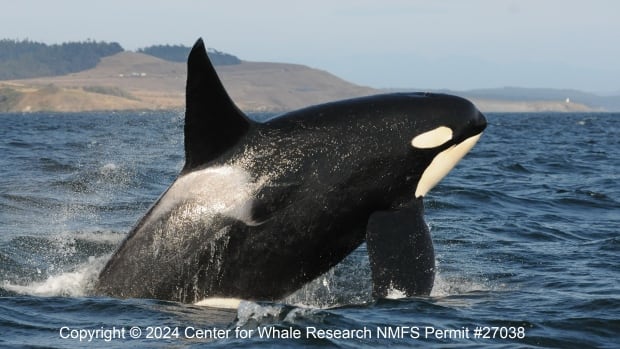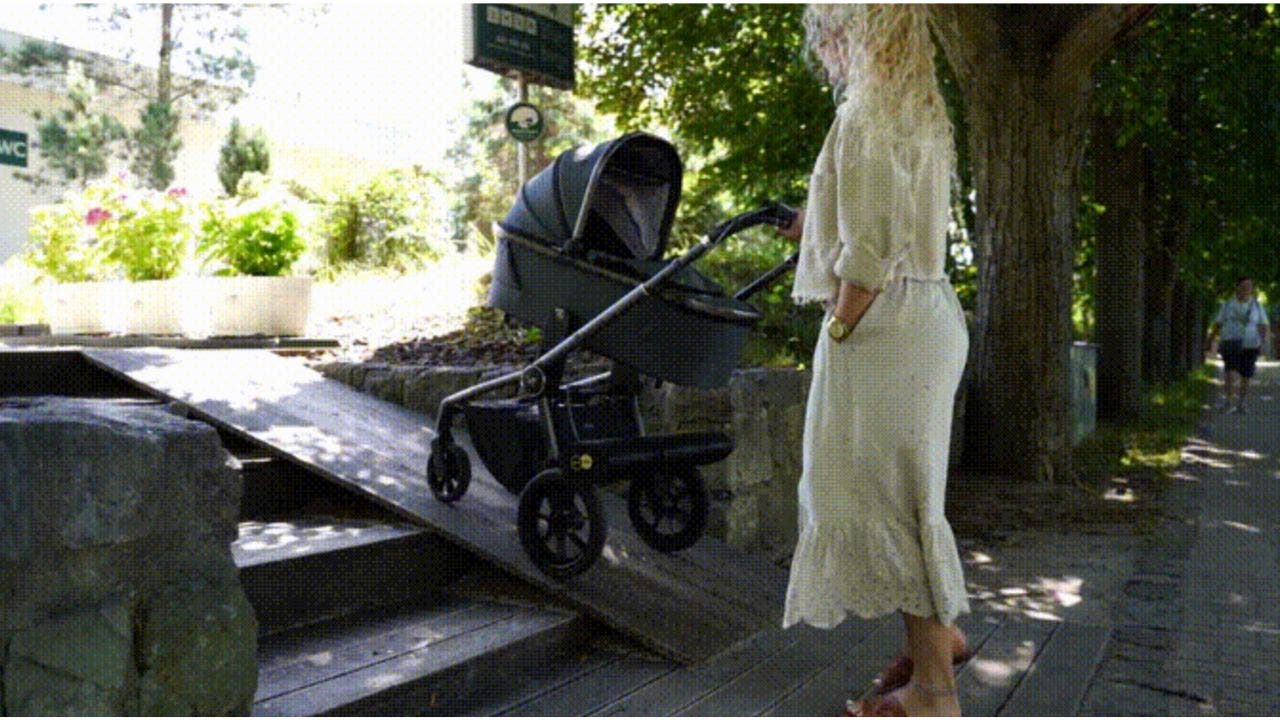A census of endangered southern resident killer whales off the coast of British Columbia and Washington State shows the pods have lost three orcas, bringing the population to 73, excluding a new calf born after the survey.
The Center for Whale Research completed its 49th census as part of its Orca Survey program in July, and found the three pods had lost two adult males.
The population also lost a male calf, the only whale born within the annual census period.
A statement from the centre on Wednesday said its research “clearly shows that survival rates are closely tied to Chinook salmon abundance,” and recovery of the endangered whales isn’t possible without an increase in their prey.
The Washington State-based centre said its researchers last saw one of the lost adult males in July 2023, and the animal appeared to be in “poor body condition” at the time.
It said the whale has not been seen since then, and the researchers considered the animal to be at high risk after his mother died in 2017.

Born in 1991, the other lost adult male was one of the oldest whales among the southern residents. He appeared “somewhat thin” when he was last seen in August 2023, according to the centre.
As with the first lost whale, the second one had also lost his mother, though the centre said he was “adopted” after her death by another member of his pod.

As for the calf that died, the centre said its short life was “strange and tumultuous.”
Its birth was first confirmed in late December 2023, when it was spotted travelling alongside a whale that had not been visibly pregnant the year prior.
Just one J-pod female could have given birth to the calf but they were never seen together, the centre said, and it’s unclear whether it was “a case of calf rejection, an inability of the mother to properly nurse the calf with other females attempting to help, or kidnapping.”
The pod was spotted travelling without the calf last January, leading researchers to conclude J60 likely died sometime earlier in the month.

The centre added that it has submitted its census report to the U.S. National Oceanic and Atmospheric Administration (NOAA).
“NOAA’s delisting criteria for southern resident killer whales include a population growth rate of 2.3 per cent over 28 years,” reads a statement from the centre. “However, in the last decade, every census showing population growth has been followed by a subsequent decline.”
Lindsay Kolb, the straitwatch south co-ordinator for the Cetus Research and Conservation Society in Victoria, said that the lack of abundant Chinook salmon was a major reason for the population decline of the endangered whales.
“But then it’s kind of a death by 1,000 cuts situation,” she told CBC News. “Where you have all these other factors like vessel traffic kind of causing acoustic and physical disturbance, as well as toxins in the water … that are just making it even more difficult for them.”
Kolb also said that it was concerning to see only one newborn calf in the census this year, and noted that she has only seen a couple of new births every year, at most.
“We obviously want to see births that are very healthy and that survive for the long term, but with the lack of food and with all these other factors, it’s just making it really hard for them to have viable calves that are surviving,” she said.







